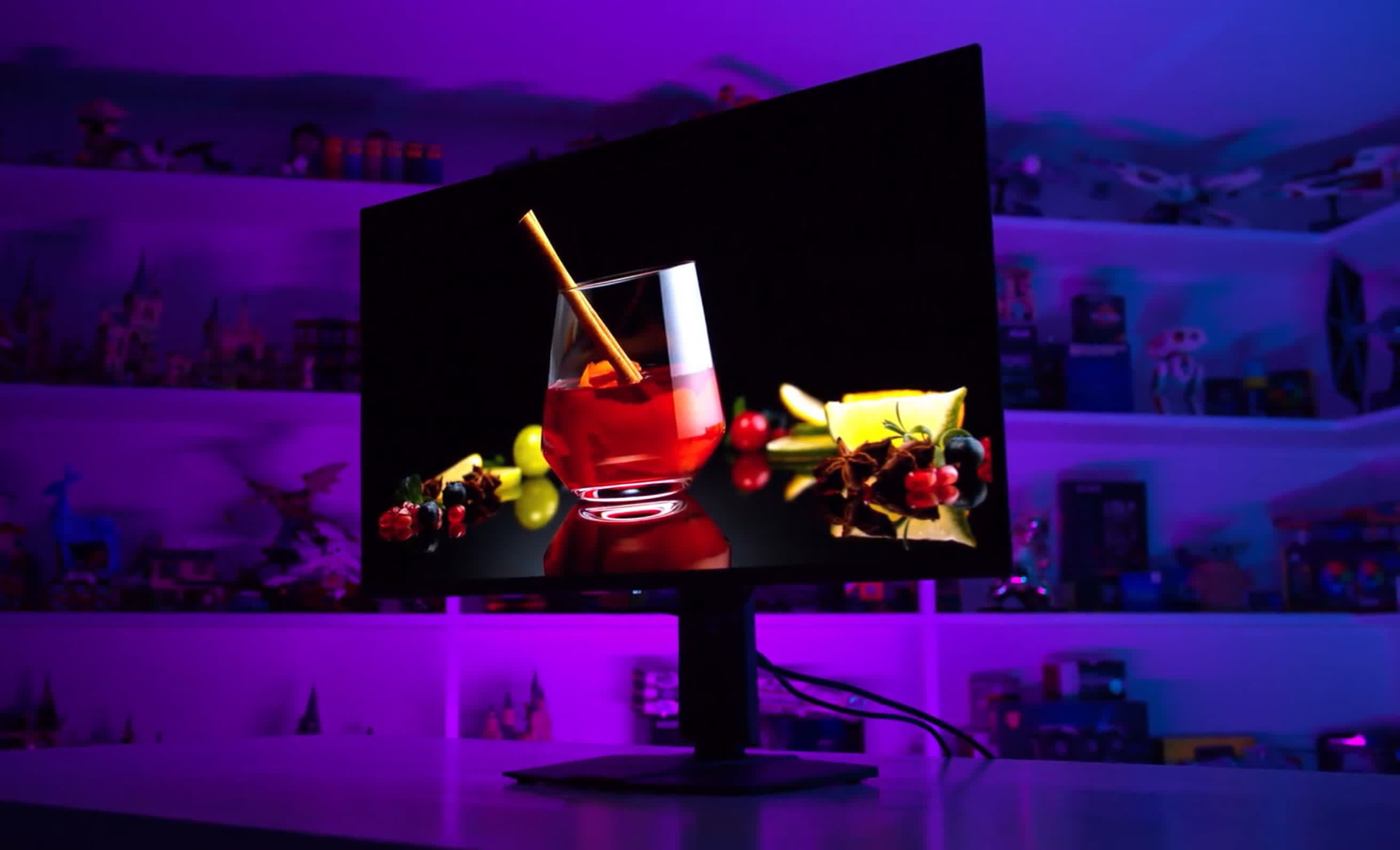The OLED Burn
We've been using the MSI MPG 321URX QD-OLED exclusively as a productivity monitor for the last six months,关键字1 and it's time to check in to see how the panel is holding up in terms of burn-in. Not much has changed in how we've been using this monitor – we've really been pushing it with a worst-case usage scenario for OLED – but there have been a few changes compared to the last time we checked for burn-in. If you missed the last two updates, we recommend going back and checking out at least the initial article to get an idea of the setup we're using and why we've chosen MSI's 4K 240Hz QD-OLED gaming monitor as our workstation display. Essentially, the idea here is to perform a real-world test of OLED longevity in the worst possible configuration, effectively burning in the display on purpose. We swapped a 32-inch 4K IPS LCD for this new QD-OLED and changed nothing else about the setup – no dark mode, no screensavers, or anything like that – to see if OLED monitors can truly be used as LCD-equivalent productivity displays long-term. I use my monitor more than 8 hours a day, sometimes continuously, with no breaks for the display to turn off and rest. This leads to hours upon hours of static usage in applications like web browsers, Microsoft Office (including Excel), and production tasks like Adobe Premiere and Photoshop. With virtually no content consumption and zero gaming in our daily use of this display, this is not how we recommend usingan OLED at all, though it's a use case that has been perfectly fine for LCDs for a long time. After one month of usage, the MSI 321URX showed no signs of burn-in at all, which was expected. At that point, we'd used the monitor for about 200 to 250 hours. After three months, we started to see faint signs of burn-in, and by that time, we'd used the display for approximately 650 to 750 hours with 71 panel compensation cycles. Six months into this experiment, we estimate the usage to be between 1,200 and 1,500 hours, and the monitor indicates that it has run 141 compensation cycles. This aligns with what we reported previously – about double the usage and about double the compensation cycles. We're still seeing around 9 to 10 hours of usage at 200 nits of brightness per compensation cycle. As we mentioned in the last update, the recommended rate for panel protection cycles is every four hours, so in our typical usage, it's running less than half as often as is ideal. However, this is a totally realistic scenario for someone using this display for full-time work, especially if you don't put the monitor to sleep during breaks. We've set the display to sleep after two hours, which is far longer than we would recommend for general OLED use, but it's the same setting we used for our LCD.

- 最近发表
- 随机阅读
-
- 三角洲行动开服新手怎么玩 三角洲行动开服新手玩法上手攻略
- 青马课堂:想要马儿好,就要马儿少吃草
- 荒野起源矿物冶炼方法攻略分享
- NASA reveals how spacecraft will land on tantalizing ocean world
- 高玩对各职业的懂得共享
- Pacers vs. Knicks 2025 livestream: Watch Game 3 of NBA playoffs for free
- 黑色信标属性增幅作用介绍说明
- HBL PSL X: Islamabad United seal dominant 102
- 亚历山大35分哈利伯顿18+7 雷霆险胜步行者总分2
- 青马课堂:想要马儿好,就要马儿少吃草
- 幼儿园睡前童话故事(最新33篇)
- 找出Windows系统中启动隐患的方法
- South America proposes unique 64
- Pakistan beat West Indies by 65 runs in ICC Women's World Cup Qualifier
- Hàng trăm du khách bị mời ra khỏi phố cà phê đường tàu trong đêm
- 简单又好听的童话故事(范本28篇)
- 网购月饼被快递偷吃 管理落后频现内鬼
- 简单又好听的童话故事(范本28篇)
- 挖掘院校“宝藏”|当教育遇上人工智能,会碰撞出什么“火花”?
- 2021中国马主联盟大会9月2日山西右玉举行
- 搜索
-
- 友情链接
-